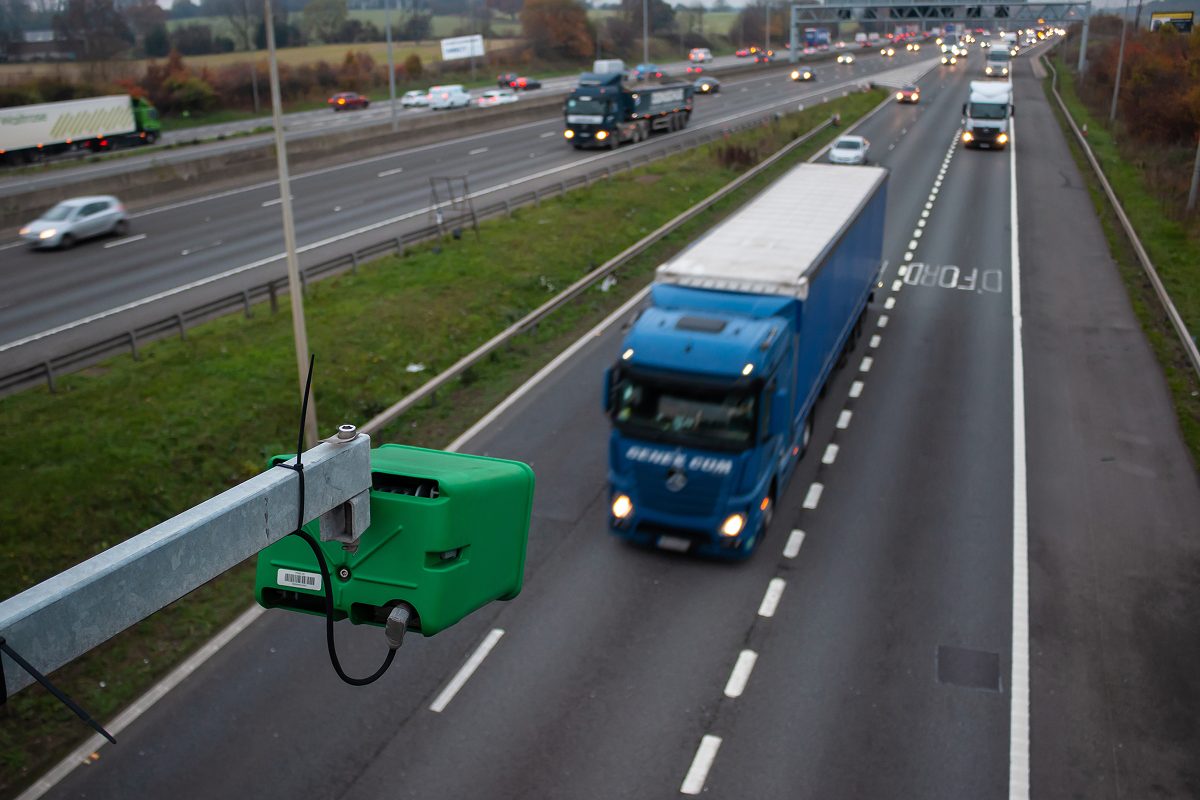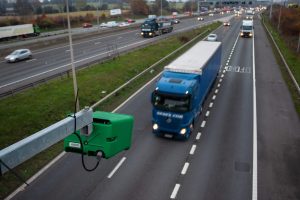In today’s world, where security is a paramount concern, the integration of advanced technologies into surveillance systems plays a critical role in safeguarding sensitive areas, events, and transportation hubs. One such advancement is the integration of Explosives Trace Detectors (ETDs) with smart surveillance systems. This fusion of cutting-edge technologies offers a new frontier in proactive security measures, improving threat detection, response time, and overall safety for public spaces, airports, stadiums, and critical infrastructure.
What Are Explosives Trace Detectors?
Explosives Trace Detectors (ETDs) are devices designed to identify trace amounts of explosives present on surfaces, in the air, or within materials. They work by sampling air or surface residue and analyzing it for chemical compounds commonly associated with explosives. ETDs are widely used in security operations at airports, government buildings, and military installations for their sensitivity in detecting even the smallest traces of explosives, helping to prevent potential attacks or accidents.
The traditional ETD setups are often standalone devices requiring manual operation. However, integrating ETDs with smart surveillance systems opens the door to automated, real-time monitoring and analysis. This synergy allows security teams to respond swiftly and efficiently to potential threats, providing a level of security that extends beyond the reach of traditional security measures.
The Evolution of Smart Surveillance Systems
Smart surveillance systems go beyond traditional CCTV cameras. These systems leverage a combination of artificial intelligence (AI), machine learning, advanced image and video analytics, and sensor networks to enhance security efforts. AI-driven analytics can identify unusual behaviors, track individuals, and detect suspicious objects in real-time. When integrated with other security measures, smart surveillance can transform how environments are monitored and how security responses are coordinated.
These systems also rely heavily on data fusion and the ability to collect, analyze, and act on data from various sensors. Surveillance cameras, motion detectors, facial recognition software, and even environmental sensors provide a constant stream of information that can be monitored remotely and interpreted by security professionals in real time. With the rapid advancement of machine learning and AI, smart surveillance systems are becoming more autonomous, capable of detecting potential threats and mitigating risks without human intervention.
The Need for Integration
The integration of Explosives Trace Detectors with smart surveillance systems is a response to the increasing complexity of security threats. In particular, threats involving explosives require sophisticated detection systems. Explosives can be concealed in numerous forms, making detection a challenge. Standard security protocols, such as bag screening or canine units, are effective but may not always catch more elusive threats.
By combining ETDs with smart surveillance, the detection of explosives becomes part of a comprehensive, multi-layered security approach. The idea is to create a seamless network where visual surveillance, behavioral analysis, and trace detection are all synchronized, leading to a more effective security response.
Benefits of Integration
- Real-time Detection and Response
One of the key advantages of integrating ETDs with smart surveillance systems is the ability to detect and respond to threats in real time. Traditional ETDs require manual sampling and analysis, which can delay the identification of explosive threats. However, with smart surveillance systems, ETDs can be programmed to work autonomously, alerting security personnel to the presence of explosive traces immediately after detection. This can be especially critical in high-risk areas such as airports, train stations, or crowded public venues, where a rapid response could prevent devastating consequences. - Enhanced Threat Assessment
By combining visual data with chemical trace data, security teams can have a comprehensive view of a potential threat. For example, if a person is acting suspiciously near an entrance or within a restricted area, the system can use video analytics to analyze behavior, while the ETD can detect trace amounts of explosives on the individual’s clothing or luggage. This comprehensive threat assessment allows security personnel to make informed decisions, prioritizing resources for the most immediate risks. - Reduced Human Error
Manual systems, whether in video monitoring or explosive detection, are subject to human error. Integrating ETDs with smart surveillance systems helps eliminate this issue by automating both the detection and the assessment of potential threats. For example, the system can cross-reference multiple data sources – such as facial recognition, object detection, and explosives detection – to confirm the legitimacy of a threat before alerting personnel. - Automation of Security Protocols
The integration can lead to automation in decision-making. For instance, when an ETD detects trace explosives, the surveillance system could automatically trigger lockdown protocols, redirect camera feeds, and alert authorities for further investigation. Such automation reduces response time and ensures a more immediate reaction to potential threats. In the future, smart surveillance systems could even deploy countermeasures, such as drones or robotic systems, to investigate threats detected by the ETD. - Data-Driven Intelligence
The combination of explosive trace detection and surveillance systems generates a wealth of data. By utilizing big data analytics, security teams can gain insights into patterns, trends, and emerging threats. This intelligence can be used to adjust security protocols, design safer environments, and enhance training for security personnel. Additionally, the continuous learning and adaptation of AI algorithms can improve the accuracy and effectiveness of threat detection over time.
Real-World Applications of Integrated Systems
- Airports and Aviation Security
Airports are high-profile targets for terrorist attacks and other forms of violence. The integration of Explosives Trace Detectors with smart surveillance systems in these settings could greatly enhance security. ETDs can be placed at various checkpoints to detect any trace explosives on luggage, passengers, or cargo. Meanwhile, cameras with AI-powered analytics can track individuals through terminals, identify abnormal behavior, and coordinate responses in real time. The combined effect would allow airports to monitor and control large crowds efficiently, with a reduced risk of explosives slipping through security. - Public Events and Stadiums
Large-scale public events, such as concerts, sports events, or rallies, can be targets for explosives or other forms of sabotage. Integrating ETDs with smart surveillance in these settings can provide an additional layer of protection. The combination of video analytics and explosives detection can help security teams track suspicious individuals and prevent threats before they manifest. For instance, if a person acting suspiciously near the venue is found to have traces of explosives, the system can immediately notify security and coordinate a response. - Critical Infrastructure Protection
Critical infrastructure, such as power plants, transportation hubs, and government buildings, requires a high level of protection against potential explosive threats. The integration of ETDs with smart surveillance systems can monitor both the physical environment and detect any explosives that may be introduced into sensitive areas. With AI-driven analysis, the system could also predict and prevent attacks by identifying patterns of behavior that typically precede threats. - Military and Border Security
In military operations or at border checkpoints, where security is of utmost importance, integrating ETDs with surveillance systems can significantly enhance detection capabilities. Border control agencies can deploy ETDs to scan for explosives, while surveillance cameras can monitor suspicious activities along the border. This integrated approach would provide both immediate and long-term security benefits by increasing the likelihood of detecting and preventing threats.
Challenges and Considerations
Despite the numerous benefits of integrating Explosives Trace Detectors with smart surveillance systems, there are several challenges that need to be addressed:
- Cost of Implementation: Integrating such advanced technologies can be expensive. The costs of purchasing ETDs, installing smart surveillance systems, and maintaining these networks may be prohibitive for some organizations. However, the long-term security benefits and cost savings from preventing catastrophic events may justify the investment.
- Data Privacy: The use of AI-driven surveillance systems raises concerns about privacy, particularly in public spaces. Balancing security needs with the protection of individual privacy will require careful consideration of data storage, access protocols, and legal regulations.
- Technological Integration: The integration of various technologies (explosives detection, video surveillance, AI analytics, etc.) can be complex. Ensuring that these systems work seamlessly together requires advanced software and hardware solutions, which may not always be readily available.
Conclusion
Integrating Explosives Trace Detectors with smart surveillance systems represents a powerful tool in the fight against security threats. By providing real-time threat detection, automating responses, and reducing human error, this integration enhances the overall security infrastructure of public spaces, transportation hubs, and critical infrastructure. The use of advanced technology, such as AI and big data analytics, allows for a more proactive and effective security approach. As threats evolve, the fusion of ETDs with intelligent surveillance systems will become an essential part of global security strategies, offering a safer future for all.

